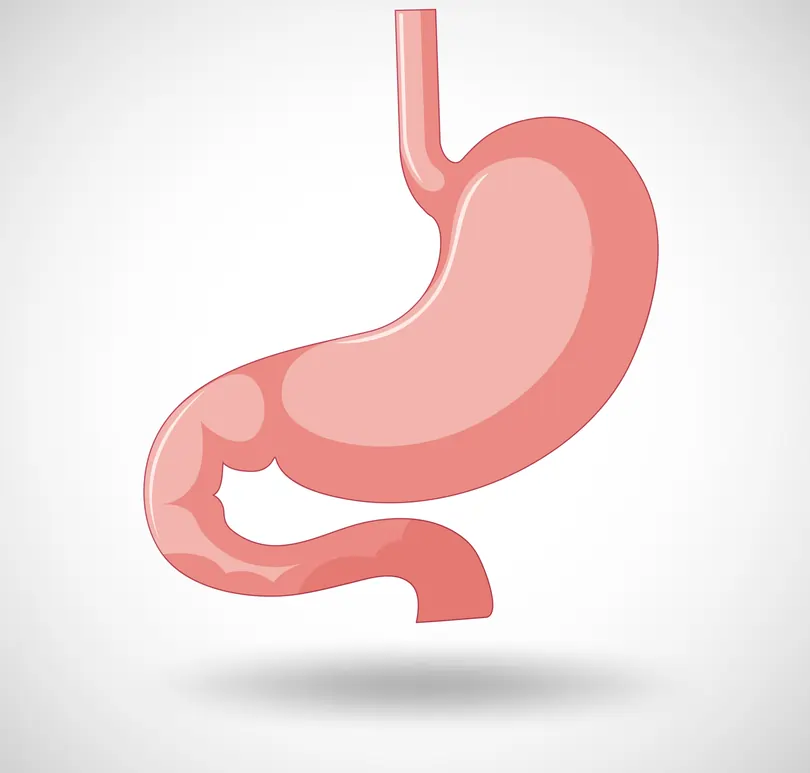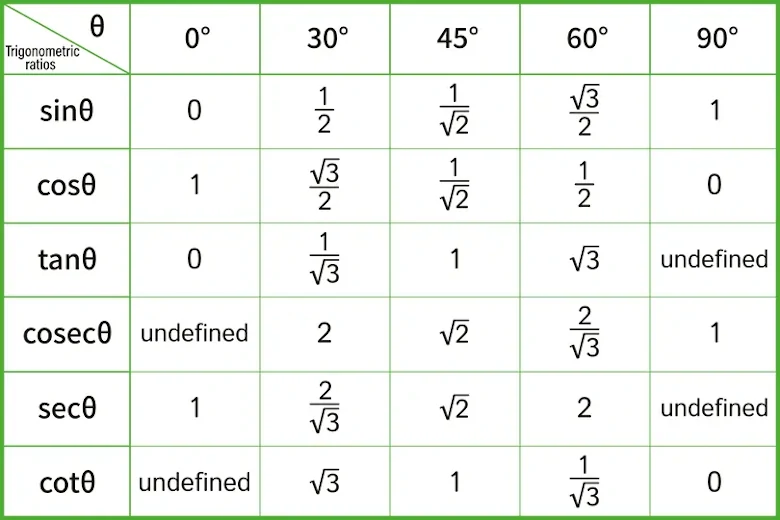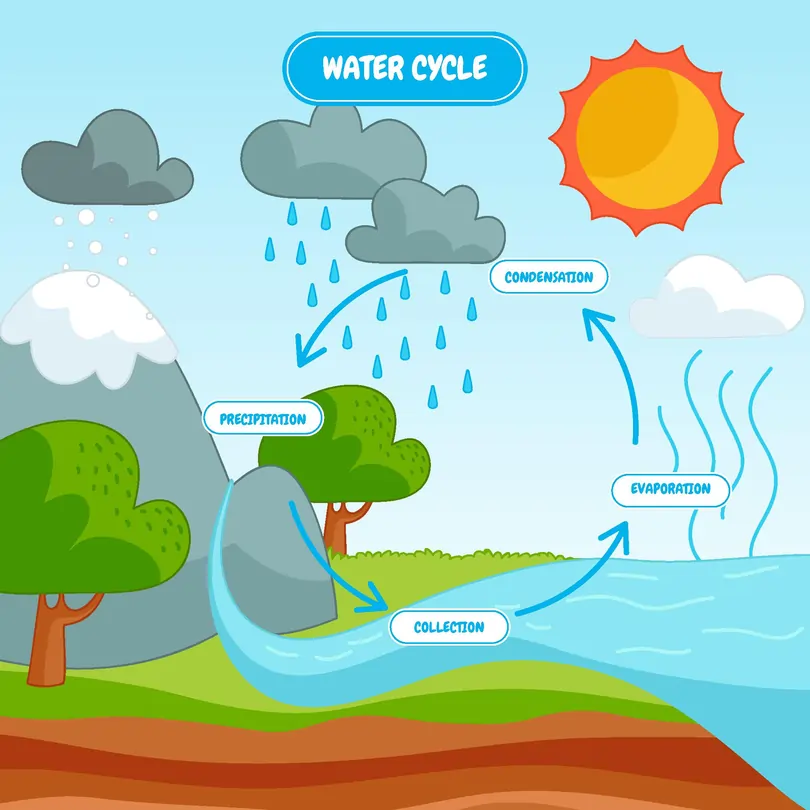What are the 6 steps of the digestive system in order?
- Tags:
- Digestive System

(Image by brgfx on Freepik)
The digestive system is a complex and fascinating network of organs and processes that work seamlessly to break down the food we consume into nutrients our body can absorb.
In this comprehensive guide, we will explore each stage, offering a detailed overview to improve your understanding of this essential process.
Step 1: Ingestion
Ingestion is the entry of food into the alimentary canal—a long tube in your body that includes the oesophagus, stomach, small intestine, and large intestine. Within this canal, food undergoes crucial steps like chewing and mixing with saliva, initiating the breakdown of carbohydrates and some fats.
Step 2: Mixing and movement
Following ingestion, the digestive system engages in a choreographed dance of mixing and movement. Peristalsis, the alternating waves of muscle contraction and relaxation, propels the food through the digestive tract. This powerful process ensures the continuous movement of food, facilitating both propulsion and the mixing of food with digestive juices.
Step 3: Mechanical digestion
Contrary to what you might think, breaking down food doesn't stop in the mouth. The stomach's churning and the small intestine's squeezing help break food into even smaller parts, making it easier for the body to absorb nutrients. This squeezing in the small intestine is called segmentation, and it helps ensure the food is well-mixed and ready for the next steps in digestion.
Step 4: Chemical digestion or secretions
Chemical digestion, which starts in the mouth, involves digestive secretions breaking down complex food molecules into their chemical building blocks. These secretions, composed of water, enzymes, acids, and salts, continue their transformative work in the small intestine. The intricate process ends here, preparing nutrients for absorption.
Step 5: Absorption
Entering the small intestine, absorption becomes the way nutrients get into your body's cells. Most nutrients go through the cells lining the intestine and into the bloodstream. Fats have a special journey – they're absorbed into lacteals, which are small vessels in the intestine that help transport fats, and then move through the lymphatic vessels to the bloodstream near the heart.
Step 6: Excretion
The final act, excretion, is the body's way of saying goodbye to the undigested materials. In the defecation stage, faeces are expelled, marking the end of the digestive process.
Thus, understanding the six stages of digestion reveals how our body turns food into energy. From eating to getting rid of waste, each step helps our body get important nutrients and keeps digestion running smoothly.


 SG
SG  VN
VN 


















